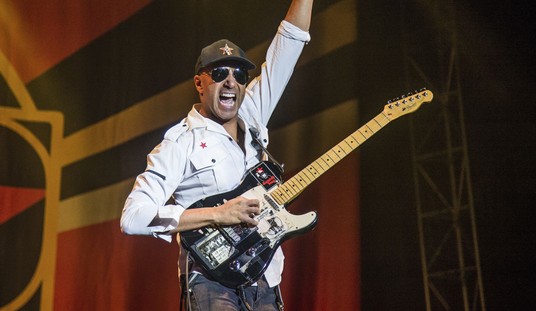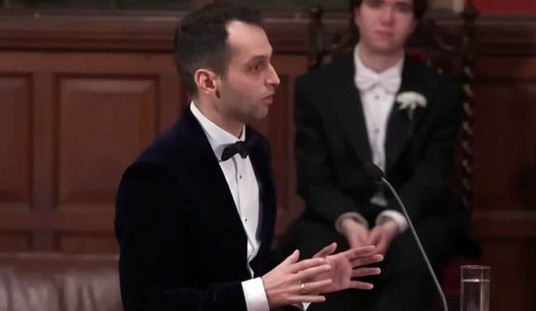Did the rise of Donald Trump signify a rebuke to Paul Ryan and the GOP establishment? According to Gallup, not really — and the election results seem to corroborate their latest polling. Over the last two years, Ryan’s positive favorability has increased faster than his negative ratings, and he’s now perhaps the most popular Republican on the national stage:
After navigating a shaky political tightrope throughout 2016, House Speaker Paul Ryan has reached his highest favorable rating to date. Nearly half of Americans (48%) hold a positive view of Ryan, up slightly from 44% in July and August before the election.
Ryan was recently re-elected as speaker of the House after a politically challenging year. He was first elected to the leadership position late last year, with many seeing him as a leader who could unite the divided Republican conference. But Ryan’s election came amid a contentious GOP presidential primary season that put pressure on him to endorse Donald Trump, the controversial eventual nominee. Ryan denounced many of Trump’s inflammatory comments, leading Trump to threaten not to endorse the speaker during his primary race in his Wisconsin home district. Despite their complicated relationship, the two GOP leaders maintained their endorsements of one another and must now work together in a GOP-controlled government.
Mike Pence actually winds up in a virtual tie with Ryan at 46/33, and … he’s also a member of the GOP establishment. (Mitch McConnell’s name is curiously left off, but their last rating for him was 18/41 in 2015.) Donald Trump’s position has improved slightly since September’s 33/62; after the election, Gallup shows Trump rebounding to 42/55, a sixteen-point gain in the gap that’s nothing to sneeze at. Pence has also benefited from higher visibility, with his favorables increasing by ten points while Unknown/No Opinion dropped from 39% to 21%.
Needless to say, seeing two experienced Republican Party stalwarts with this kind of national popularity contradicts at least some of the presumed narratives about rebellions and revolts. It suggests that Ryan, and perhaps Pence as well, have a strong enough political base for negotiating issues on their own terms, as long as they pick and choose their spots. Team Trump seems aware of this as well, opting to coordinate with Ryan rather than engaging in more adversarial PR post-election. Ryan’s easy re-election to the Speaker post makes a lot more sense in this context, and Pence’s increased political strength might be why he’s in charge of the transition rather than the unpopular Chris Christie, too.
Voters put Trump in the White House for a number of reasons, but probably the most decisive was Hillary Clinton. They gave the GOP a wide-ranging mandate on every other level, though, and reinforced the party’s leadership in doing so. The relationship on Pennsylvania Avenue may still get adversarial at times, as it does even during single-party governance periods, but it’s a mistake to think that Trump can steamroll Ryan and McConnell. Fortunately for all concerned, there are plenty of issues on which all are united to occupy the first few months of the new administration.









Join the conversation as a VIP Member